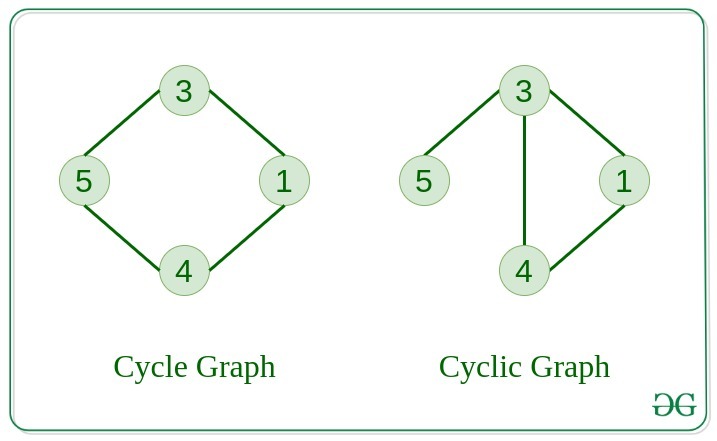

In the case of the circadian clock, a different photopigment, melanopsin, is responsible for detecting light in intrinsically photosensitive retinal ganglion cells. In the case of vision, light is detected by rhodopsin in rod and cone cells. In mammals, light controls the sense of sight and the circadian clock by activating light-sensitive proteins in photoreceptor cells in the eye's retina. In the case of HER2, which acts as a dimerization partner of other EGFRs, constitutive activation leads to hyperproliferation and cancer.

This leads to constitutive activation of the pathway, which may or may not be overturned by compensation mechanisms. Some receptors such as HER2 are capable of ligand-independent activation when overexpressed or mutated. epinephrine is a neurotransmitter when secreted by the central nervous system and a hormone when secreted by the adrenal medulla. Moreover, some molecules may fit into more than one class, e.g. For example, odorants belong to a wide range of molecular classes, as do neurotransmitters, which range in size from small molecules such as dopamine to neuropeptides such as endorphins. Not all classifications of signaling molecules take into account the molecular nature of each class member. In the case of steroid hormone receptors, their stimulation leads to binding to the promoter region of steroid-responsive genes. In addition, some molecules such as steroid hormones are lipid-soluble and thus cross the plasma membrane to reach cytoplasmic or nuclear receptors. Components of the extracellular matrix such as fibronectin and hyaluronan can also bind to such receptors ( integrins and CD44, respectively). These include growth factors, cytokines and neurotransmitters. Most ligands are soluble molecules from the extracellular medium which bind to cell surface receptors. The binding of a signaling molecule with a receptor causes a change in the conformation of the receptor, known as receptor activation. The majority of signal transduction pathways involve the binding of signaling molecules, known as ligands, to receptors that trigger events inside the cell. Simplified representation of major signal transduction pathways in mammals. With the advent of computational biology, the analysis of signaling pathways and networks has become an essential tool to understand cellular functions and disease, including signaling rewiring mechanisms underlying responses to acquired drug resistance. As with other signals, the transduction of biological signals is characterised by delay, noise, signal feedback and feedforward and interference, which can range from negligible to pathological. Depending on the efficiency of the nodes, a signal can be amplified (a concept known as signal gain), so that one signaling molecule can generate a response involving hundreds to millions of molecules. Such effectors are typically proteins and are often linked to second messengers, which can activate secondary effectors, and so on. Ligands are termed first messengers, while receptors are the signal transducers, which then activate primary effectors. In multicellular organisms, signal transduction pathways regulate cell communication in a wide variety of ways.Įach component (or node) of a signaling pathway is classified according to the role it plays with respect to the initial stimulus. These molecular events are the basic mechanisms controlling cell growth, proliferation, metabolism and many other processes. At the molecular level, such responses include changes in the transcription or translation of genes, and post-translational and conformational changes in proteins, as well as changes in their location. When signaling pathways interact with one another they form networks, which allow cellular responses to be coordinated, often by combinatorial signaling events. The changes elicited by ligand binding (or signal sensing) in a receptor give rise to a biochemical cascade, which is a chain of biochemical events known as a signaling pathway. Proteins responsible for detecting stimuli are generally termed receptors, although in some cases the term sensor is used. Most commonly, protein phosphorylation is catalyzed by protein kinases, ultimately resulting in a cellular response.

#DEFINE CYCLIC AMP SERIES#
Signal transduction is the process by which a chemical or physical signal is transmitted through a cell as a series of molecular events. For systemic signal transduction, see Transduction (physiology). This article is about signaling at the cellular level.


 0 kommentar(er)
0 kommentar(er)
